|
It is a rare occasion that I write about importers of wine and spirits. My focus is usually on the wine or spirits producer. However, I make exceptions now and then, especially when seduced by my love for Italian wine! So, I’m giving a shout-out to Votto Vines. And, since the three Italian wine samples I received were very palate-pleasing and all under $30, what’s not to write about? Votto Vines is a family-owned and operated business founded in 2009 and headquartered in Connecticut. Michael P Votto is the CEO and co-founder of this dynamic business, focusing on importing, marketing, and distributing fine wines produced by leading vineyards worldwide. It all began when Mike Votto took a vacation to Tuscany. After falling in love with a small winery that lacked distribution in the US, he saw a business opportunity. So he pitched the idea of starting an importing company to his family. Today, Votto Vines has 30+ employees in five states and nationwide distribution capabilities. Here are three wines that represent Mike’s love for Italy and mine! Nestore Bosco Montepulciano d’Abruzzo DOC 2018 Nestore Bosco is a family-run business in the province of Pescara, in Abruzzo. Founded in 1897 by Giovanni Bosco, it is led today by Nestore and Stefanio, with the fifth generation ready to step in. The company has been certified organic since 2018 and practices sustainability. This wine is 100% Montepulciano d’Abruzzo and aged for several months in Slavonian oak barrels. Nose: Floral, dark cherry, red berries, a hint of plum, spice, and herbs. Palate: Aromas segue onto the palate with a smooth and well-balanced finish. Alcohol: 13.5% SRP: $13 Pairing suggestions: Charcuterie board, aged cheese, pasta, roasted meat, or risotto. Castelli del Grevepesa Clemente V11 Chianti Classico DOCG 2018 Established in 1965 by Sir Armando Nunzi, Castelli del Grevepesa is a modern- day cooperative that started with 17 winegrowers and now has over 120 associate winegrowers. Their objective is to produce high-quality wines that comply with the strict regulations of the law and Consorzio del Chianti Classico, and focus on sustainability. This 100% Sangiovese is hand harvested from the Chianti Classic zone. 85% is aged in Slavonian oak barrels for 12 months, and 15% in barriques for 12 months. It remains in bottle for three months. Nose: Fragrant red and dark berries, plum, and baking spice aromas. Palate: Dark cherry, berries, spice, vanilla, a hint of anise with subtle acidity, soft tannins, and a long finish. Alcohol: 13.5% SRP: $16 Pairing suggestions: Roasted red meat, game, hearty stews, or pasta. Torrevento Vigna Pedale Castel del Monte Riserva DOCG 2016 With a family history that goes back to 1913, Torrevento was established by the Liantonio family in 1989 and is located in the provinces of Bari and Barletta-Andria-Trani in the Puglia region. They manage over 500 hectares of vineyards with an eye on sustainability, research, and quality. Nero di Troia is an indigenous grape to Puglia, and Torrevento was the first winery in the world to make a 100% Nero di Troia in 1992. The grapes for this wine are sourced from vines over 30 years old. It is aged in large barrels for 12 months Nose: Lovely aromas of cherry, raspberry, herbs, earth, and spice.
Palate: Aromas spill onto the palate with a touch of plum, berries, silky tannins, and a long finish. Alcohol: 13.5% SRP: $28 Pairing suggestions: Roasted or grilled meat, game, and white meat. Hearty soups, stews, aged cheese, or pizza. Enjoy the sip! Until next time… Cheers! Penina To leave a comment or if you have an inquiry, please contact me at [email protected] For the past several years, I have delved into the wines of Alentejo, Portugal, through virtual tastings and many expressive wine samples. I have written articles about many of Alentejo’s wine producers, terroir, grapes, wine reviews, and the Sustainability program. But physically exploring this magical wine region has given me a whole new perspective. After visiting Alentejo in November, I came home with an enriched appreciation not only for the wine and how this region embraces the art of traditional and modern winemaking techniques but also for its history, culture, and cuisine. Most of all, I was awed by the impressive dedication, enthusiasm, and passion these wine producers possess. Over five days, we met with 11 producers, explored vineyards and cork tree forests, sampled wines made in amphorae (a traditional and ancient way of fermenting wine in clay vessels called vinho de talha), indulged our palates with amazing cuisine, savored local olive oil, and stayed in Évora, a UNESCO World Heritage Center! So, where to begin? Alentejo is divided into eight sub-regions, so let’s explore a few of the sub-regions I visited, along with wineries, cork tree forests, and so much more, one article at a time. If Alentejo is unfamiliar, below is a short recap from a previous article I wrote. Alentejo is situated in the southern half of Portugal and covers one-third of the country. It is about a 90-minute drive from Lisbon and a must-see destination. This wine region is one of Portugal’s largest production areas and is divided into eight sub-regions, as seen on the map below. Mostly, Alentejo enjoys a typically Mediterranean climate with some Atlantic influence. However, the sub-region of Portalegre experiences much cooler temperatures due to its proximity to the mountains. The terrain throughout Alentejo is primarily flat with gently rolling hills, and the soil varies throughout its eight sub-regions. In fact, Alentejo has the most diverse soil of any region in Portugal. Interspersed amongst the mountains, hills, and valleys, one can find soil with clay, limestone, quartz, granite, schist, sandstone, and marble. Most of the soils are non-calcareous, meaning they are neutral or more acidic. Alentejo has 51,000 acres of planted vines that enjoy 3000 hours of sunshine annually. More than 80% of the grapes grown here are red, but whites are gaining momentum, especially Antão Vaz. The wines produced here come in a range of styles, influenced by the diversity of the climate and soil. Portugal has more than 250 indigenous grape varieties and 14 regional wine areas. It rates as the highest density of native grapes per square mile in the entire world. Imagine the blending creativity winemakers have with all these varieties at hand. For over 2000 years, blending has been a tradition for Alentejo winemakers. With so many grapes ripening at different times, winemakers have turned what might be considered a liability into an opportunity to create beautifully blended wines. So, let’s start the adventure! Our first stop is a visit to Paulo Laureano Vinhos, situated in the sub-region of Vidigueira. Vidigueira It is the most southern of the Alentejo sub-regions with more than a 2000-year history of winemaking. The Vidigueira fault is a natural landmark separating the Alto (upper) Alentejo from the Baixo (lower) Alentejo and extends from east to west. Although it is the most southern of the sub-regions, Vidigueira has the mildest climate and, for many years, dominated the production of Alentejo white wines. The soil in this sub-region is generally infertile and mainly comprised of schistose and granite. Paulo Laureano Vinhos Paulo Laureano is not only an agronomist and winemaker but also taught agronomy, biology, microbiology, and oenology at the University of Évora for ten years before deciding to focus exclusively on his passion for “designing wines.” And he is the first generation in his family to make wines. Paulo said, “If you live in this country, it’s quite easy to start liking wines. You either have a passion, or you don’t!” Paulo continued, “Vidigueira is very different from the rest of Alentejo. The soil is mainly schist; we have dark schist that adds minerality to the wines. Most other areas are granite-based soils. This area has small slopes, whereas most of Alentejo is flat. It is hot during the day, and temperatures drop by 30º at night, which is very important for maturation.” Paulo purchased 100 hectares in Vidigueira in 2006. He kept some old vineyards with strong vines and began changing the others. “We have a selection of indigenous grapes that are separate from the rest of Alentejo. Not better or worse, just different.” He grows 12 indigenous grape varieties, six red and six white. Many of his red wines ferment in Amphorae. Red Varieties Aragonez (Tinta Roriz) Trincadeira (Tinta Amarela) Alicante Bouschet Alfrocheiro Touriga Nacional Tinta Grossa (Paulo: “very rare and only exists in Vidigueira. She is tough, and grapes are small.”) White Varieties Antão Vaz Aristo Roupeiro Verdelho Terrantez Loureiro When asked if he planned to go organic, Paulo’s reply was this. “Our philosophy and focus is sustainability. Perhaps we might go organic in the future. Our concern these days is not about treating the vineyards, but finding ways to give the plants more resistance and support against disease.” Paulo considers himself a minimalist winemaker, allowing the true essence of aromas and flavors to take center stage. We tasted ten of his wines, all impressive! Below is a slide show and a review of four of the ten wines I tasted. (Photo credits: Penny Weiss) Maria Teresa Laureano Verdelho DOC Alentejo-Vidigueira 2018
Fermented in stainless steel and aged in bottle. Fresh and vibrant with citrus, minerality, & tropical aromas. The palate presents with honeysuckle, citrus, minerality, and salinity. Dolium Escolha Branco DOC Alentejo-Vidigueira 2019 This 100% Antão Vaz is their top white wine. Grapes are sourced from the oldest (80+ years)vineyard. This wine is fermented and aged for eight months in new French oak barrels. The nose has hints of floral and citrus with minerality, spice, and elegant notes of tropical fruit segueing onto the palate with freshness, complexity, spice, fennel, and a long finish. Selectio Touriga Nacional DOC Alentejo-Vidigueira 2013 Touriga Nacional is one of the most famous Portuguese red grape varieties and is considered the queen of Portuguese reds. Paulo only produces this wine in years of excellence. It is fermented in stainless steel vats and aged in French oak barrels. It has aromas of rich, dark fruit, spice, and earth with minerality. The palate offers lush berries, jam, and spice. It is beautifully balanced and smooth with a long finish. Dolium Reserva Tinto DOC Alentejo-Vidigueira 2015 This wine is only produced in years of excellent quality and is Paulo’s top red wine. It is a blend of ten varieties, of which only three are identifiable, Alicante Bouschet, Alfrocheiro, and Tinta Grossa. The wine is fermented in open tanks and then aged in new French oak barrels, followed by a long period in the bottle. Aromas of dark fruit, herbs, spice, and a hint of tobacco segue onto the palate with well-balanced acidity. It is smooth with a long, persistent finish. Our visit to Paulo Laureano Vinhos was a great beginning to this magical trip. In my next article about Alentejo, we will visit Herdade do Rocim and Cortes de Cima, also located in Vidigueira. So stay tuned for wine and gastronomic adventures! Until next time… Cheers! Penina To leave a comment or if you have an inquiry, please contact me at [email protected] This month we’re traveling to Jumilla, a small wine region in southeastern Spain, to bring you treats for the palate! For an in-depth exploration of Jumilla, and its star grape Monastrell, the region’s principal grape variety, please click on the link below to read my article. http://thewineknitter.com/1/post/2022/01/visiting-royalty.html While visiting Jumilla in 2021, I had the opportunity to meet with the owners, David Ferraje and Helio Abellán of Bodegas Carchelo. Over a sumptuous meal, I tasted their portfolio of impressive wines. Bodegas Carchelo was founded in 1990 and is located at the foot of the Sierra del Carche mountains, reaching an altitude of 1371 meters above sea level. They have estate vineyards situated in five subregions of Jumilla, each with varying soil profiles and climate exposures that add to the character of these wines. In addition to producing high-quality wines, Bodegas Carchelo also focuses on respecting and protecting the environment. So let’s wine and dine Jumilla style! Carchelo DOP Jumilla 2020 Carchelo is an award-winning organic certified and vegan-certified wine made with 100% Monastrell. The grapes are hand-harvested from various estate vineyards with different soils, altitudes, and exposures to seek the balance and character typical of this territory. This wine is aged for six months in 225-liter French oak barrels and a minimum of three months in bottle. Nose: Red fruit, berries, plum, and spice. Palate: A fresh and lively wine with notes of red and dark berries, spice, balsamic, balanced acidity, and it is smooth with a persistent finish. Alcohol: 14.5% SRP: $16.99 Pairing suggestions: Medium cheese, pasta, tapas, and charcuterie. Bodegas Carchelo suggests pairing this wine with a traditional Spanish dish. Tortilla De Patata (Spanish omelet) Tortilla de Patata is a traditional dish commonly served throughout Spain. It is offered in cafes and bars as a tapa or appetizer and served as a light dinner in Spanish homes. Since there are so few ingredients, the key to making a perfect dish is to use excellent olive oil and fresh eggs. The oil is used for cooking the potatoes, and its flavor can be tasted throughout the finished dish.
The Spruce Eats provided the following recipe that serves six as an entree or 8-10 servings as an appetizer. Prep time: 15 minutes Cook time: 30 minutes Cool time: 15 minutes Ingredients: 6 - 7 medium Yukon potatoes peeled 1 medium yellow onion diced into 1/4” pieces 1/2 tablespoon kosher salt, or to taste 1 1/2 to 2 cups Spanish olive oil 5 large eggs Instructions: 1) Hand slice the peeled potatoes in half lengthwise. Then, with the flat side down, cut the potatoes into approximately 1/8-inch thick pieces. 2) Place the potatoes and onions in a large bowl, sprinkle with salt, and gently mix together. 3) In a large, heavy, nonstick frying pan, heat 1 1/2 cups of olive oil over medium-high heat. Carefully place the potato-onion mixture into the frying pan, spreading it evenly over the surface. The oil should almost cover the potatoes. Turn down the heat slightly so the potatoes do not burn—you want them to fry slowly until tender and creamy. 4) Cook the mixture until the potatoes are done—if a slice of potato breaks easily when poked with a spatula, the potatoes are done. Remove the mixture from the heat and drain, or remove with a slotted spoon. Let the potatoes cool off. To speed up the process, carefully spread them out on a baking sheet. 5) Crack the eggs into a large bowl and beat them by hand with a whisk or fork. Pour on top of the cooled potato-onion mixture. Gently mix together with a large spoon. Let sit for about 5 minutes. 6) In a 9- or 10-inch nonstick pan, heat 1 to 2 tablespoons of the remaining olive oil over medium heat. Add the egg mixture, spreading it out evenly. Allow the egg to cook around the edges. Carefully lift up one side of the omelet to check if the egg has slightly browned. The inside of the mixture should not be completely cooked, and the egg will still be runny. 7) When the mixture has browned on the bottom, remove the pan from the stove and place a large dinner plate bigger than your pan on top. Turn the pan alongside the plate, so the tortilla sits on the plate. 8) Place the frying pan back on the stove and add just enough remaining oil to cover the bottom and sides of the pan. Let the pan warm for 30 seconds or so. 9) Slide the omelet from the plate into the frying pan. Use the spatula to shape the sides of the omelet and allow it to cook for 3 to 4 minutes. Turn the heat off and let the tortilla sit in the pan for 2 additional minutes. Next, slide the omelet onto a plate or cutting board and slice it into 6 to 8 pieces, like a pie. Enjoy with a glass of Carchelo! Until next time… Salud and disfrute de su comida! Penina To leave a comment or if you have an inquiry, please contact me at [email protected] It is always a treat to pour a glass of Brunello Di Montalcino, but especially lovely when you can share the moment (virtually) with Count Cinzano, owner of Col d’Orcia! In May 2022, I wrote an article about Col D’Orcia based on a tasting with the Count, which took place earlier that year. Here is an excerpt from the article to bring you up to speed about this most iconic winery and region. Gently rolling hills dominate the landscape of Tuscany, famous for its medieval towns, wine vineyards, striking cathedrals, and the birthplace of renowned artists such as Michelangelo, Botticelli, and Leonardo da Vinci. Amongst this beauty and history lies Montalcino, home to one of Italy’s most famous wines, Brunello Di Montalcino. The village of Montalcino sits high up on a hill with vineyards sloping down into the valley. Montalcino is a small wine region comprised of 60,000 acres of olive groves, forests, and farmland, of which 3500 acres are devoted to wine vineyards. Count Cinzano said that only 50% of the land in Montalcino is farmed, and of that, only 15% is planted with vineyards. There are roughly 250 wineries here that produce Brunello di Montalcino. Brunello di Montalcino was awarded the first-ever DOCG designation (Denomination of Controlled and Guaranteed Origin) in 1980, and it is considered one of Italy’s most famous and distinguished wines. DOCG is the highest designation given under the Italian wine law. Brunello di Montalcino is made exclusively from the Sangiovese grape (named ‘Brunello’ in Montalcino). The skin of the Sangiovese grape is thick and tends to deliver fruit-forward wine with bright acidity and high tannins. And, of course, climate, soil, and production play a big part in the wine’s outcome. The climate in Montalcino is warm and dry, typical Mediterranean weather. Vineyards are planted up to 500 meters in elevation, with north-facing slopes experiencing a cooler microclimate and more winds. In contrast, the southern and western-facing slopes are exposed to extreme sunlight and maritime breezes. The vines are planted in various soils such as limestone, clay, schist, volcanic soil, and galestro, which is schistous clay soil commonly found in most of Tuscany’s best vineyards. All these elements can contribute to the difference in quality, complexity, and character of the wine. Nestled amongst the hills in a setting worthy of a painting sits one of the original estates of Montalcino, Col D’Orcia, with a winemaking history that dates back to the 1700s. The estate’s name translates to “the hill overlooking the Orcia River” due to its position between the undulating hills of the Orcia River and Sant’Angelo in Colle. The estate was sold to the Cinzano family in 1973 and only had a few hectares of vineyards at the time of purchase. Count Francesco Marone Cinzano, who now owns and manages the estate, took over Col D’Orcia in 1992. He increased his father’s plantings from 70 hectares to 150+ hectares today. And 108 of those hectares are dedicated to Sangiovese. In 2010 they began the process of converting their vineyards to organic. By 2013 all wines were certified organic. And today, it is the largest certified organic vineyard in Tuscany and the third-largest owner of Brunello vineyards in Montalcino. The Count’s mission is to produce quality wines from these hills. He said, “Quality is the result of healthy fruit. We are not just winemakers; we are farmers. We grow grapes and practice biodiversity.” He pays his respect to mother nature and is always searching for excellence. His motivation to become organic was “not to change practices, but change the mindset of people by using a homeopathic and holistic approach; that is the greatest challenge to becoming organic. And the beauty of protecting this special environment is to pass it on to future generations.” As mentioned above, Brunello di Montalcino is made exclusively from the Sangiovese grape. DOCG Regulations require that Brunello di Montalcino age for a minimum of two years in oak wooden barrels and at least four months in bottle before release. The Riserva wine must age at least six months in bottle and is released a year later onto the market. And the wine can only be bottled in the location where it is produced. At my most recent tasting we enjoyed three exceptional wines, all made with 100% Sangiovese grapes. Brunello Di Montalcino DOCG 2017 Count Cinzano explained that due to a year of great drought and heat wave, there was a small harvest, and only this label was produced. The wine is aged three years in 25, 50, and 75 hl. Slavonian and French oak casks and a minimum of one year in bottle before release. (hl is a hectolitre and equal to 100 liters) Nose: Floral, herbs, ripe red fruit, plum, and cherry notes. Palate: Lush red fruit with dark cherry, plum, baking spice, herbs, and licorice. Medium tannins with fresh acidity and a long finish. Alcohol: 14.5% SRP: $63.99 Brunello Di Montalcino Nastagio DOCG 2016 The grapes for this wine were harvested from a single vineyard. Count Cinzano said this wine is the best vintage in recent history and is not produced every year. Nastagio is a five-hectare single vineyard planted in 2006 and composed entirely of Sangiovese clones specially selected from research work in partnership with the University of Florence. The wine is aged the first year in tonneaux (5 hl), then subsequent years in large “botti,” followed by an additional 12 months in bottle. Nose: Lush red fruit aromas, baking spice, tobacco, and a hint of earth. Palate: An expressive wine with balanced acidity and smooth tannins. Notes of plum, dark fruit, licorice, and spice with a playful, sweet, and savory finish lingering on the palate. Alcohol: 15% SRP: $89.99 Poggio Al Vento Brunello Di Montalcino Riserva DOCG 2015 The grapes for this wine are sourced from a single, seven-hectare vineyard planted in 1974 called Poggio al Vento, which means “windy hill.” The first vintage was produced in 1982. The sea winds and the special soils of marl and limestone influence the vines. This wine is only produced in the best vintages and is the icon of the estate. It is aged for three years in 25 and 75hl Slavonian and French oak barrels and then for three years refinement in bottle. This wine is the only Riserva the estate produces. Nose: Beautiful and intense berry notes with spice, earth, tobacco, floral, and minerality.
Palate: Complex and well-structured, aromas segue onto the palate with rich red and dark fruit, herbs, anise, and firm tannins. A very long and satisfying finish. A remarkable wine! Alcohol: 15% SRP: $172.99 Count Cinzano said, “These are wines made to serve with food. It is the concept of drinkability and enjoying wines with food.” Here are a few food pairing suggestions for the above wines: Aged cheese, meat dishes, stews, game, tomato-based pasta, grilled veggies, grilled portobello mushrooms, risotto with truffles, and dark chocolate for dessert. Until next time… Cheers! Penina To leave a comment or if you have an inquiry, please contact me at [email protected] Clif Family Winery, owned by husband and wife team Gary Erickson and Kit Crawford, is located in Napa Valley, California. It is a small-production estate committed to paying its respects to the land and environment and honoring the planet. All their 90 acres of estate vineyards and farms are certified organic and certified Napa Green, a “soil-to-bottle” sustainability program. Clif Family Winery recently sent me three wines to taste, and I must say, they are good! Rosé of Cabernet Franc 2021 The grapes for this 100% Cabernet Franc are hand harvested from their new CCOF-certified Valle Di Sotto vineyard in the heart of the Oak Knoll District of Napa Valley. 25% of the wine is aged in neutral French oak barrels and 75% in stainless steel for four months. Nose: Beautiful floral notes, white stone fruit, and strawberries. Palate: Delicious notes of berries, a hint of nectarine, citrus, and pear. A touch of creaminess with crisp acidity adds character to this refreshing wine. Alcohol: 12.5% SRP: $34 Pairing suggestions: Enjoy as an aperitif or serve with light appetizers, seafood, shellfish, salads, and light pasta dishes. Oak Knoll District Sauvignon Blanc 2021 The grapes for this 100% Sauvignon Blanc are also hand harvested and sourced from the Clif Family’s new CCOF-certified Valle Di Sotto vineyard in the heart of the Oak Knoll District of Napa Valley. 88% of the wine is aged for four months in neutral French oak barrels and 12% in new French oak. Nose: Aromas of floral, citrus, white stone fruit, and a slight hint of baking spice and pineapple. Palate: Complex, fresh, juicy, and balanced with lively acidity. Aromas come together on the palate with notes of lemon zest and a long fruit finish. Alcohol: 13.6% SRP: $38 Pairing suggestions: A great aperitif, or serve with salads, fish, white meat, and savory dishes. Estate Zinfandel 2019 This wine is 100% Zinfandel. Grapes are hand harvested and sourced from the estate’s Home Vineyard at the Clif Family Farm. The elevation is 1170 ft on the north side of Howell Mountain. They named the site “Le Colline,” which means “the hills” in Italian. The wine is aged 15 months in 20% new French oak barrels.
Nose: Cherry, berries, earthy, and a hint of cedar. Palate: Well-balanced wine with juicy notes of cherry, red berries, smooth tannins, and a shot of pepper. Subtle baking spice and fennel linger on a long finish. Lip-smacking good! Alcohol: 14.9% SRP: $65 Pairing suggestions: Smoked cheese, barbecue, white meat, grilled game, seared tuna, or mushroom risotto. Enjoy these wines all year round! No special occasion is needed! Until next time… Cheers! Penina To leave a comment or if you have an inquiry, please contact me at [email protected] A few months ago, I was invited to participate in a virtual tasting of six Bardolino Cru wines presented by the Consorzio Di Tutela Chiaretto e Bardolino and led by Angelo Peretti, Director. Below is a brief outline of our meeting and some interesting facts! The Bardolino wine region is located in the province of Verona in the Veneto region of northeastern Italy, bordering the eastern shores of Lake Garda. In 1825, three areas within the Bardolino winemaking region were identified and recognized by international grape merchants for their production of fine and elegant wines. These crus (subzones) are La Rocca, Montebaldo, and Sommacampagna. In 1968 Bardolino wines were given DOC title, but the three crus were not included. It wasn’t until 2015 that the Bardolino Cru project was initiated, and in 2018 the Consorzio asked the Italian government to recognize the crus. Finally, on April 12, 2021. the wines from all three crus were officially produced with DOC title and new regulations approved by the Italian government. The name of the cru has to be written in large font above the name Bardolino on every bottle due to each cru being a subzone with its own specific regulations. Bardolino wines are made with Corvina and a small percentage of Rondinella, both indigenous red grapes of the Verona province. About 25% of the wineries are organic, which is about 18% of the vineyards, with many of the wineries converting to biodynamics. Lake Garda is the largest lake in Italy and is one of the northernmost Mediterranean climates in Italy despite its location at the foothills of the Alps. The lake water is colder than the air in summer and warmer in winter, which significantly impacts the temperature, lessening the hot summers and harsh winters here. The lake basin was shaped by glaciers from 600,000 years ago, which left behind large deposits of material, the morainic hills, deposited in the large amphitheater of Lake Garda. Bardolino region is situated on the eastern shore of this morainic amphitheater. Due to the many deposits left by the glaciers, there are 66 different soil types that the zoning project has identified. Here are three wines to tempt your palate, one from each cru. La Rocca La Rocca is named for the hill overlooking Lake Garda. It is the closest district to the shores of the lake. Wines from this cru typically have a complex bouquet that usually includes raspberry and cinnamon. Giovanna Tantini La Rocca Bardolino DOC 2020 This wine is made with Corvina and a small amount of Rondinella. The grapes are handpicked and sourced from vineyards with morainal, gravelly, calcareous, and alluvial soils. Each grape variety is vinified separately, then blended and aged, 80% in stainless steel for 15 months and 20% in 5 hectolitre tonneau for one year. It remains in bottle for three months. The color is bright ruby with notes of fresh berries, cherry, sweet spice, and nice acidity, and it is smooth and balanced. Serve with meat, risotto, fish, light stews, or cheese. Montebaldo The name for this cru is derived from the mountain of the same name. It is the northernmost and highest point, with higher altitudes and a cooler climate. Wines from this cru typically have aromas of strawberries and cloves. Vigneti Villanella Montebaldo Bardolino DOC Morlongo 2020 The grapes for this wine are Corvina, Rondinella, and Corvinone. They are sourced from vineyards in the south-facing morainic hills in the hinterland of the lake. The soil is clay mixed with limestone. The blend is aged in large oak casks and then time in the bottle before release. The wine is bright ruby with a hint of garnet. Lovely aromas of fresh fruit with notes of strawberry and baking spice segue onto the palate. Hints of black pepper, balsamic, and strawberry linger on the finish. Serve with pasta, risotto, grilled chicken, fish, or appetizers. Sommacampagna This cru is in the southeastern hills and is the most southern cru and the warmest. Wines lean toward notes of cherry and black pepper. Monte Del Frà Sommacampagna Bardolino DOC Bonomo 2020 The grape varieties for this wine are Corvina, Rondinella, and Molinara, sourced from vineyards with original morainic and calcareous soils. The wine is aged in wooden barrels used for the third time. The wine is cherry red with red berries, cherry, sweet spice, and black pepper on the nose. The palate is fresh and lively, with berries, cherry, spice, and a hint of tea and herbs. It is smooth and balanced with a long finish. Enjoy this wine with appetizers, pasta, grilled meat, poultry, tapas, or seared tuna.
While on a press trip a few years ago, I visited three wineries in Custoza DOC, Bardolino’s neighbor. (first map) Part of the tour included Monte Del Frà, owned by the Bonomo family, and where their winery headquarters are located. Sommacampagna is one of 11 territories that the Bonomo family owns throughout Verona. The tasting lineup that day included the above wine. If you want more information about Monte Del Frà, please click on the link below to read my article. thewineknitter.com/1/post/2020/01/custoza-doc-wines-worth-knowing.html The Bardolino Cru wines are elegant, expressive, light, and very food friendly. Wines from this region are worth trying. Presently, approximately 20 wineries export to the USA. I can’t wait to explore this region, visit wineries, and taste more wines! Until next time… Cheers! Penina To leave a comment or if you have an inquiry, please contact me at [email protected] This past September, I toured the Côtes de Bordeaux region in France and had the opportunity to meet with many estate owners throughout its five appellations. Not only were the wines a treat for my palate, but the down-to-earth enthusiasm and passion for the land and all things wine were a constant presence and a joy to experience. My last day of this magical tour was with the Rey family, owners of Domaine des Graves d’Ardonneau. The fog was dense, and the air held an odd mixture of sweet blooms and smoke drifting from the fires burning in Bordeaux, but I was excited about the visit and ready to embrace this last adventure before returning home. Most of my time at Domaine des Graves d’Ardonneau was spent with Fanny Rey, whose primary role is export manager, although she likes to call herself a “poly worker.” In addition to export management, traveling, and arranging wine tastings, she works in the vineyards, helps her older brother in the cellar, and even drives the forklift. “I go where I’m needed,” Fanny said. She also divulged that she studied opera and International Business before returning to the Domaine in 2008. Fanny: “My brother knew at age seven that he wanted to be a winemaker. I didn’t want to be in the business and needed to explore other options. While away, I gained an appreciation for wine. Eventually, I realized that family, history, and heritage are important. It’s better at home.” When I asked Fanny what generation she is, she answered, “I don’t know exactly. We go back to the 18th century, but I am 4th or 5th generation for sure!” Domaine des Graves d’Ardonneau dates back to 1763. A legal document dated January 15th, 1763, proves that the family was settled here. Fanny: “Originally, it was a small village with five families. Little by little, my great-grandparents bought the existing houses and now it is just our family.” Fanny’s parents, Christian and Pascale, live at the Domaine, and Fanny and her brother Laurent live in their own homes nearby. Laurent studied at the Faculty of Oenology in Bordeaux and joined the Domaine in 2006 as a winemaker. Being is a family affair, everyone was busy, so it was catch as catch can with taking photos! Fanny explained more about the family’s history. Fanny: “Our history began with a woman. The maternal side was the strength of the family through several generations. This is important because it was usually passed from father to son, but not in our family. For generations, the business passed from mother to daughter. It wasn’t until my grandmother gave birth to my father that it changed.” I asked if any of the women made wine. Fanny. “There were no women winemakers in my family, but they helped in other ways. At one time there was a belief in France that if you allowed a woman in a wine cellar, it would not be good, and the wine would spoil. But, of course, that belief does not exist today!” And who makes the wine today? Fanny: “My grandfather, Simon, who passed away about 25 years ago, made wine. Now my father and brother are the winemakers, but mostly my brother. My grandfather (Simon) was called a heretic because he always harvested the grapes after everyone else, at least 15 days later. He said, “A good mature fruit will make a good wine. A good grape is one you want to eat.” That tradition is still used today with our harvesting. My grandfather felt it was important to go beyond what everyone else was doing. He came from Spain and began working in the Bordeaux area when he was 14.” Simon eventually met Huguette, daughter of Germaine and Remi, and once married, they worked together, expanding the domain in Huguette’s family. Sadly, Huguette passed away two days ago, shortly before this article was published. Simon named the domaine in the 1970s. And the first bottle of wine was produced under the Domaine des Graves d’Ardonneau label in 1973. Fanny: “Little by little, the wine business grew, and my grandparents began to bottle the wine and sell it in France. In 1982, my parents joined them, and they began selling the wine outside of France.” The domaine is located in Blaye, the largest of the five appellations in Côtes de Bordeaux. Blaye covers 6500 hectares located on the Gironde Estuary. The majority of vineyards here are cultivated on hillsides benefiting from ample sunshine conditions with a primarily temperate climate and a maritime influence. These fruit-forward wines also benefit from the rich terroir, with mostly clay-limestone soil around the town of Blaye. To the north, sand and gravel are suitable for Sauvignon Blanc, and more varied soils are in the southeast. Each estate is about 15 hectares, and red wine production dominates. Domaine des Graves d’Ardonneau is the exception to the rule regarding owning land in Blaye. What once was just a farm with less than ten hectares of vineyards, cereal grains, cows, chickens, and barrel making, is now 70 hectares of vineyards and an additional 30 hectares of land made up of surrounding forest to preserve the biodiversity in the vineyards. The average age of vines is about 30 years, with the oldest vines over 50 years old. They have an HVE-3 certification (high environmental value), the highest level given in France for the entire farm operation. Fanny: “We respect nature and use chemicals sparingly and with strict restrictions. Five weeks before harvest, no spraying is allowed on the vines. The chemicals used are so precise only small insects are affected. Everything else is untouched and unharmed.” The soil is clay and gravel at the top of the hills, and on the sides of the hills, it is clay and very powdery limestone. Fanny explained that when the soil is very dry, the limestone hardens like stone and helps to retain heat during the night. The valley has well-drained sandy soils. Below is a photo of the hardened limestone with copper inside. It is pretty heavy! The vineyards are comprised of the following grape varieties. White wines Sauvignon Blanc 9.70 hectares Colombard 0.06 hectares Red Wines Merlot 47.50 hectares Cabernet Sauvignon 5.10 hectares Cabernet Franc 1.50 hectares Malbec 0.50 hectares Domaine des Graves d’Ardonneau has 12 wines in its portfolio, two dry whites, four reds, one rosé, one sweet, three sparkling, and one limited edition. Their flagship white is a 100% Sauvignon Blanc, and they have two flagship reds, Cuvée Tradition, and Cuvée Prestige. We tasted four wines. Sauvignon Blanc 100% Five months in stainless steel vats. Aromatic, good acidity, fresh and well-balanced. Cuvée Prestige White 90% Sauvignon Blanc 10% Colombar Fermented in oak barrels and aged for eight months in new oak barrels. Very aromatic, complex and dry, with subtle tropical notes and white stone fruit. Cuvée Prestige AOC Red 80% Merlot, 10% Cabernet Sauvignon, 10% Malbec Aged 18 months. 30% in new oak and 70% in used oak. Full-bodied, light, and fruity with spice, cherry, dark fruit, nice acidity, and a touch of sour cherry on a long finish. Grand Vin AOC 65% Merlot, 25% Cabernet Sauvignon, 10% Malbec This special cuvée is not made every year. It is aged for 18 months in new oak barrels. A beautiful bouquet, concentrated and fruity with smooth tannins. These wines are worth seeking out. Check online to see where you can purchase them! Fanny talked about climate change and its impact on winemaking. Fanny: “Blaye is protected from many climate change issues, such as hail and frost, because we are close to the river. My father likes climate change because the grapes can mature longer. The intense heat began in the summer of 2003. We had some good years and some bad years. In 2007 we needed to take a different approach. We were observing three different levels of maturation on a vine. So we bought a sorting machine that senses and weighs the grapes, selecting only the mature grapes. This ensures a good quality wine. Concerning the lack of water, it is difficult, but we are lucky here because again, we are close to the river which provides microclimate conditions. But vines can still experience hydric stress. Our up-to-date technology makes it easier to address any issues. Blends will have to change because grapes are producing higher and higher sugar levels, especially Merlot.” Before ending the visit, Fanny drove me a short distance to walk in the vineyards and see their mill dating back to the 18th century. We climbed to the top of the mill, and I was greeted with breathtaking views of 20 hectares of vineyards and beyond. A video taken from the top of the mill is below, followed by a slideshow. The Domaine’s average production is 350,000 bottles/per year. 65% is sold in France, and the rest is mainly distributed in Europe, with a small presence in the USA, which they hope to change.
Fanny: “Our objective is to keep the quality high, prices low, and increase our volume.” Domaine des Graves d’Ardonneau’s motto: “A family…A passion…The expression of a terroir.” Until next time… Cheers! Penina All photos for this article are by Penny Weiss and copywrited. To leave a comment or if you have an inquiry, please contact me at [email protected] Happy New Year! Wine & Dine Time is starting off 2023 with treats from Alentejo, Portugal. Fitapreta Vinhos sits at the edge of Évora, located in Alentejo, Portugal’s largest wine region. The land and fortified manor house, Paço do Morgado de Oliveira, was founded in 1306 and was originally owned by the church. Fast forward to 2016. After being without a winery and vineyards of his own, winemaker and producer of award-winning wines, António Maçanita purchased the property in 2016 and began restorations. The estate has 126 hectares of land and 33 hectares of vineyards. One of the vineyards is the Chão dos Eremitas vineyard, which grows Tinta Carvalha, an ancient indigenous grape variety.. On a recent visit to Fitapreta, António talked about this ancient variety. “Tinta Carvalha is a very light-skinned grape, and a light variety, with nice acidity. And one day it disappeared. It probably vanished because in the late 1980s and early 1990s wine producers were looking to make wines more concentrated and more powerful. As a result, the lighter grapes were “punished” and disappeared. We are the only ones in Portugal growing Tinta Carvalha at this moment. I want to bring back to the blends all the lighter grapes.” António is quite engaging and his enthusiasm is contagious! He has much to say about Alentejo and winemaking. And I have much more to say about him and Fitapreta. A more focused article will be forthcoming. In the meantime, let's wine and dine! Tinta Carvalha 2020 This wine is 100% Tinta Carvalha an ancient grape from the Chão dos Eremitas vineyard, handpicked from 51-year-old vines. The wine is aged for 12 months in stainless steel vats and is the only 100% Tinta Carvalha wine produced in Portugal. Nose: Sour cherry, red berries, spice, and earth. Palate: Light and fresh with red fruit, cranberry, strawberry, spice, minerality and acidity. A refined balance between tannins and acidity. Alcohol: 12% SRP: $33 Pairing suggestions: meats, game, stews, grilled portobellos, or fatty fish. FitaPreta suggests this delicious and easy recipe to pair with the wine. Glazed King Oyster Mushrooms Ingredients for four servings:
2 tablespoons unsalted butter 1 tablespoon light soy sauce 1/4 teaspoon dark soy sauce 1/2 teaspoon honey 1 clove garlic finely grated 1/4 teaspoon black pepper 1 pound king oyster mushrooms 2 tablespoons vegetable oil 1 scallion chopped Instructions: To prepare the glaze: Gently melt the butter in a small saucepan and then add the light and dark soy sauce, honey, grated garlic, and black pepper. Mix well and set aside. Clean the mushrooms and slice lengthwise in approximately 1/4 inch slices. They should be thick. Heat large pan over medium-high heat and liberally abrush with oil. Add one layer of mushrooms at a time with space in-between, making sure that they sear, not steam! Sauté each side until golden brown, about four to five minutes per side. Repeat layers until all mushrooms are cooked. After sautéing, return ALL the mushrooms back to the pan and pour the glaze over them, and immediately turn off the heat. Carefully toss the mushrooms in the glaze until they are covered. Garnish with chopped scallions and serve with rice or glass noodles. Enjoy with a glass of Tinta Carvalha! Until next time… Saúde and aproveite sua comida! Penina To leave a comment or if you have an inquiry, please contact me at [email protected] With snow in the forecast for many of us, it’s time to light a fire, prepare a hearty meal, and open a bottle of wine. So here are three palate-pleasing red wines to sip by the fire or enjoy with a meal. And if you’re basking in balmy weather. I’ve included a fresh and sassy white wine! But, of course, all four wines are great to drink any time of year! Abate Lugana DOC 2021 Lugana DOC is a small denomination located on the southern banks of Lake Garda, which crosses over both the Lombardy and Veneto regions in northern Italy. Lugana is renowned for its white wines and distinctive morainic terroir of penetrating humid clay soils and rich minerals deposited by the glacial moraines of thousands of years ago. The wines are naturally high in acidity with characteristic aromas of white flowers and citrus. Trebbiano (Turbiana) is this region’s signature white grape. The Abate family has been growing grapes here since 1920, but it wasn’t until generations later that they produced their first wine. Abate Wine was founded in 2018 and is owned by Sergio Abate. This wine is 100% Turbiana. Nose: Floral, peach, apple, citrus, and minerality. Palate: White stone fruit, vibrant acidity, and minerality driven. Notes of lemon, a hint of herbs, and a creamy mouthfeel. Alcohol: 13% SRP: $10 Pairing suggestions: Enjoy as an aperitif, or serve with seafood, light appetizers, mushroom risotto, and salads. Casalforte Valpolicella Superiore DOC 2020 Riondo Winery, founded in 2008, is an offshoot of the cooperative consortium Collis Veneto Wine Group. Valpolicella is east of Lake Garda, situated in the province of Verona. Valpolicella produces the famous grape varieties Corvina, Rondinella, and Oseleta, and it is considered the most famous red wine area in Veneto. Valpolicella was given DOC status in the 1960s. Many styles are produced here, such as Classico, Superiore, Amarone, and Ripasso, and range from light and easy-drinking to powerful and complex wines. This wine is a blend of Corvina, Rondinella, Corvinone, and other grapes. It has been aged partly in stainless steel and partly in wood casks for 12 months. Nose: Fragrant aromas of cherry, plum, baking spice, herbs, and hints of yeast. Palate: Rich and silky with cherry, blueberry, anise, vanilla, smooth tannins, and a long finish. Alcohol: 13% SRP: $15.99 Pairing suggestions: Grilled or roasted meat, game, creamy pasta, seared tuna, or aged cheese. Talosa Nobile Di Montepulciano Riserva DOCG 2017 Talosa is a boutique winery with 33 hectares located in the heart of Montepulciano in Tuscany and is owned by the Jacorossi family since 1972. Their historic aging cellar dates back to the 16th century. It is in the old town center of Montepulciano, in an underground area between two of the oldest buildings in the city, Palazzo Tarugi and Palazzo Sinatti. The brick passageways contain a series of vaults and niches where the barrels are placed. In 1980 Vino Nobile became one of the first four appellations given superior status of DOCG, along with Barolo, Brunello di Montalcino, and Barbaresco. This wine is 100% Sangiovese. After carefully selecting grapes, the fermentation time is about 20-25 days at controlled temperatures in stainless steel. The maturation is for three years in new oak tonneaux and 2nd passage, big barrels, and stainless steel. The finished wine continues to age in bottle for at least six months before release. It has an aging potential of over 15 years. Nose: Rose petals, berries, cherry, baking spice, and earthy. Palate: Concentrated flavors of dark berries, plum, cherry, and spice. Silky tannins, nice acidity, and understated minerality. Elegant, bold, and structured with a long finish. Alcohol: 14.5% SRP: $38 Pairing suggestions: Beef, game, hearty stews, pasta, or vegetable pizza. Cuslanus Amarone della Valpolicella DOCG Classico Riserva 2015 Albino Armani Winery has been making wine since 1607. Today, the family project boasts five privately owned estates composed of 330 hectares of vineyards. The family vineyards are in three major Italian wine-growing regions: Veneto, Trentino, and Friuli-Venezia Giulia. Albino has a strong bond with the land and says, “Sustainability = Viticulture and Social Responsibility.” All of the Albino Armani vineyards since 2019 have been given the SQNPI certification. This national certification aims to help agricultural ecosystems monitor and reduce environmental impact, reducing the use of synthetic chemicals and rationalizing all agronomic practices such as fertilization and irrigation. This wine is a blend of Corvina, Corvinone, and Rondinella. The grapes are sourced from vineyards in the high hills of the Valpolicella Classico production area at 500 meters. After a careful selection in the vineyard, the grapes are put in trays and left to dry in a drying loft called “fruttaio,” located next to the winery. This “appassimento” process is very slow in order to support the concentration of sugar, structure, and aromas. In the first months of the year following the harvest, the grapes are gently pressed, and then a long and slow fermentation in contact with the skins takes place. After this, the wine is aged for a long time in big barrels and tonneaux until bottling. It is then released to the market after at least four years. Nose: Lovely aromas of dark cherry, berries, spice, and a hint of earth.
Palate: Fine ripe fruit with cherry, red and dark berries, fennel, sweet spice, chocolate, and fine-grained tannins. An elegant and seductive wine. Alcohol: 15.5% SRP: $59.99 Pairing suggestions: Brisket, game, pasta, vegetable stew, truffle risotto, or sip and enjoy on its own. I hope these wines have piqued your interest. I’m ready to cozy up to a roaring fire with a glass of wine and a hearty stew! Until next time… Cheers! Penina To leave a comment or if you have an inquiry, please contact me at [email protected] With the holidays rapidly approaching, luncheon and dinner plans are in the works, along with appropriate wine pairings What once was a simple task of putting together a traditional menu has become more challenging these days, with dietary restrictions and eating lifestyle choices to consider. Food allergies and vegetarian, vegan, and gluten-free diets must be taken into account. And juggling all these food requirements can quickly turn a holiday table into a smorgasbord. And adding wine pairings to all of this can be pretty daunting! So, here are a few wine varietals to consider that will pair well with a myriad of dishes and alleviate the pressure of buying every style of wine in the store! White Wines Look for white wines with higher acidity and lower alcohol. Not only will they pair well with traditional fare that tends to be rich in fat and salt, but they will also complement non-traditional cuisine, especially spicy food. The acidity will tone down the fat and salt, and the lower alcohol won’t compete with or distort the palate while enjoying spicy food. I recommend: Sauvignon Blanc is light and crisp, has high acidity, and is an excellent choice when serving a variety of food. Dry Riesling is another good choice. It is fruity, acidic, and crisp. Chenin Blanc (dry) is aromatic with vibrant acidity and is slightly sweet. It pairs well with most food. Red Wines Red wines shouldn’t overpower a meal; they should enhance it. Light-bodied red wines that are fruit-forward, lower in alcohol, and not "oaky" will complement an extensive range of cuisine without dominating the flavors of most dishes. I recommend: Pinot Noir is very food-friendly, has bright acidity, is fruity, and it is a favorite at holiday meals. French Gamay (Beaujolais) is light, dry, and fruit-forward. Red Zinfandel is fruit-forward and fuller-bodied than Pinot Noir but still light and can cut through spicy, sweet, and bitter flavors. Sparkling Wines Sparkling wines are festive but not only consumed on special occasions. When it comes to food pairing, these wines are so accommodating many consumers are opting for the bubbly at mealtime instead of still wines. They are easy to drink and pair well with just about everything! The best sparkling wines to pour for your holiday table should be dry or extra dry but not sweet. There are many options and styles available. Sparkling wines are made in either the traditional method, with the second fermentation taking place in the bottle, or the tank (Charmat) method, with the second fermentation occurring in a steel tank. Sparkling wines are produced worldwide and go by different names depending on country/region/appellation of origin. You won’t go wrong with any of these sparkling wines. Champagne and Crémant – France Sekt – Germany Cava – Spain Prosecco and Franciacorta – Italy Rosé Wines The expression “Rosé all day” is trending, and yes, this pink wine is popular and has its place at holiday time as an aperitif or with a meal. It is food-friendly and pairs well with many flavors, spices, and textures. Look for dry rosés that are fruity, crisp, and refreshing, such as Provencal rosé, or try dry rosés from Spain, Portugal, and the USA.
Happy pairing, and enjoy the holidays! Until next time… Cheers! Penina To leave a comment or if you have an inquiry, please contact me at [email protected] |
Categories
All
|

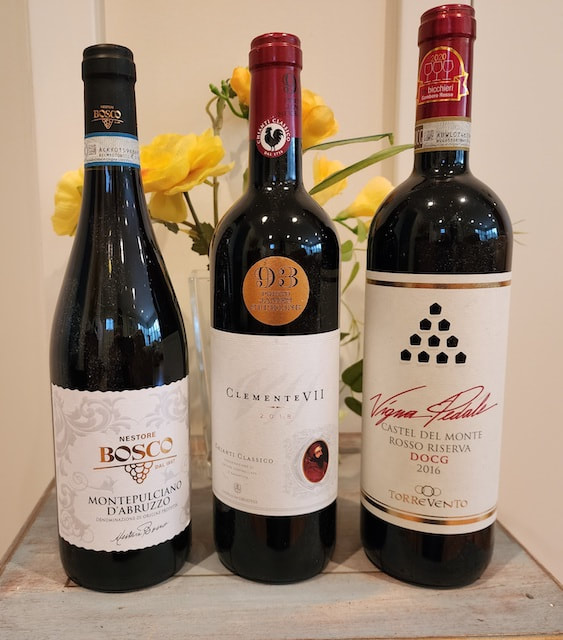
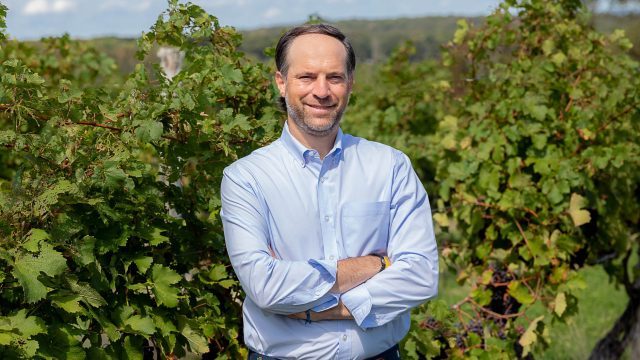
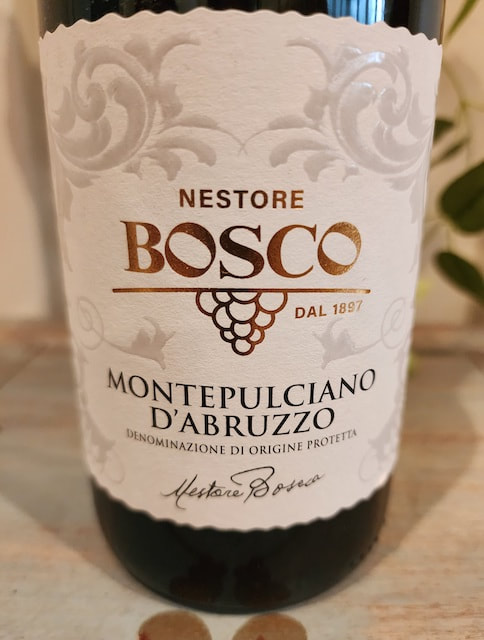
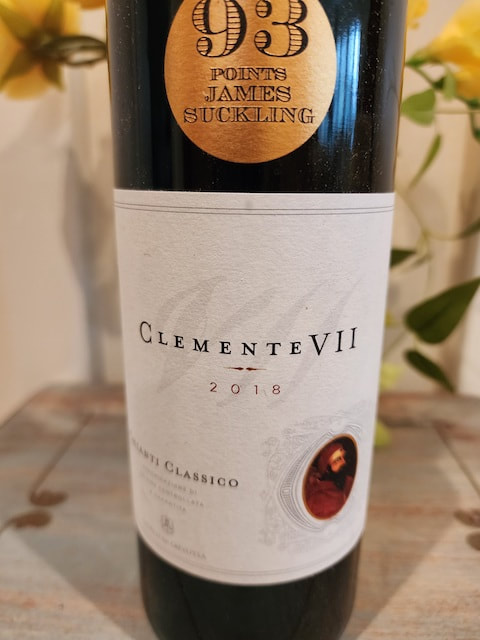
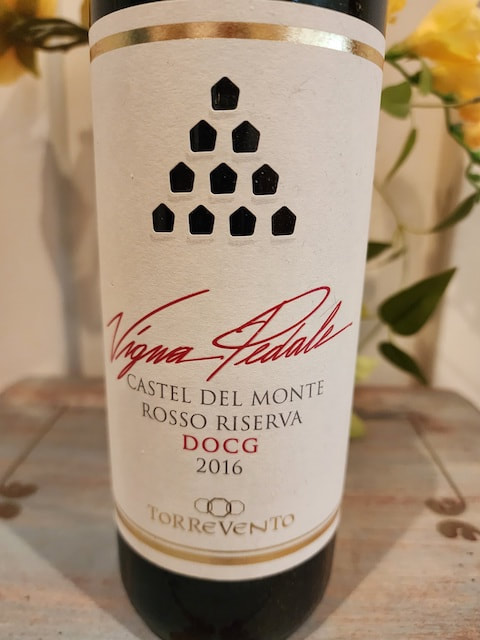
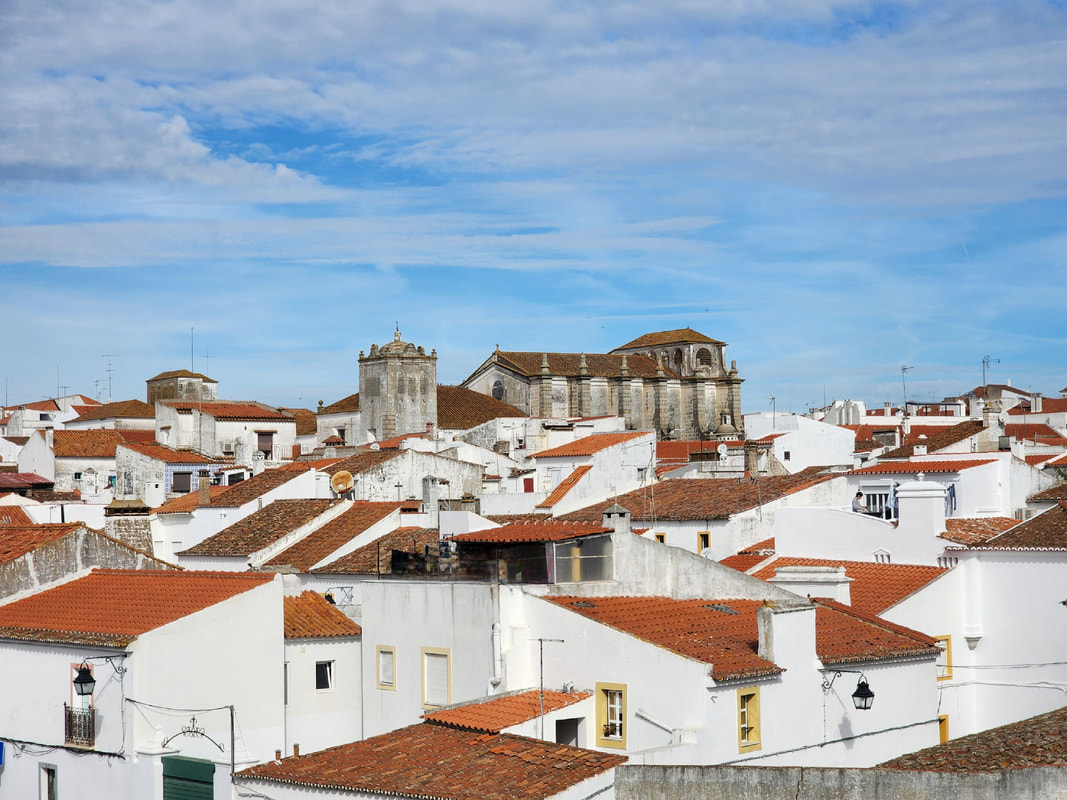
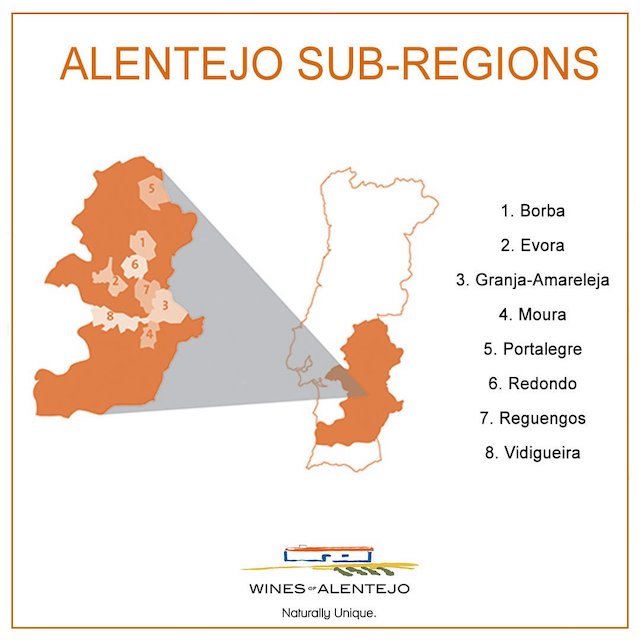
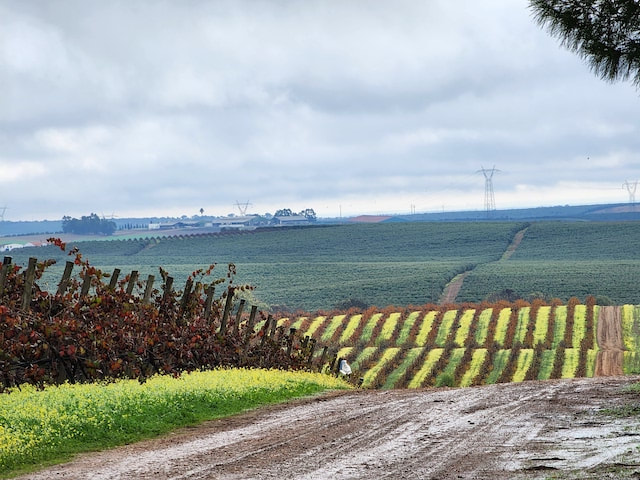
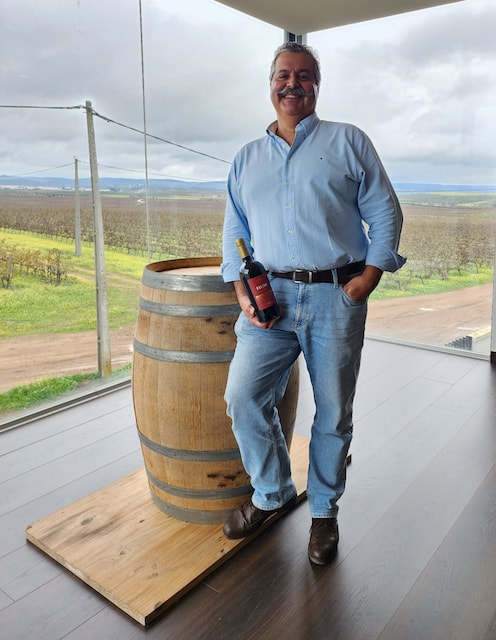
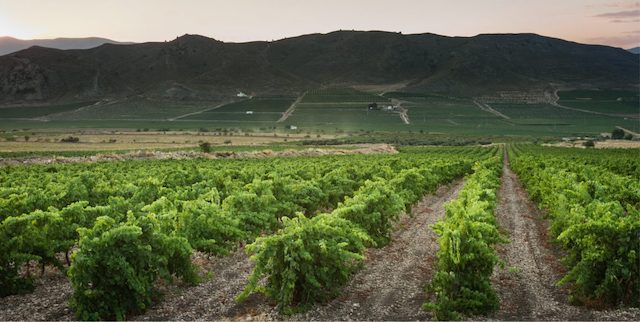
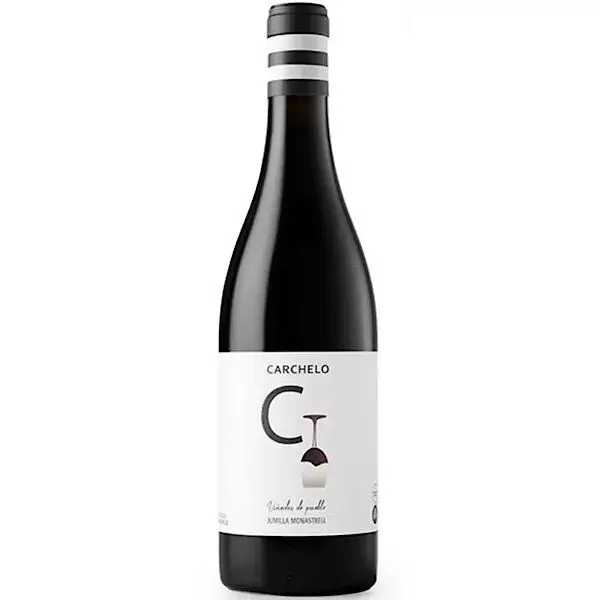
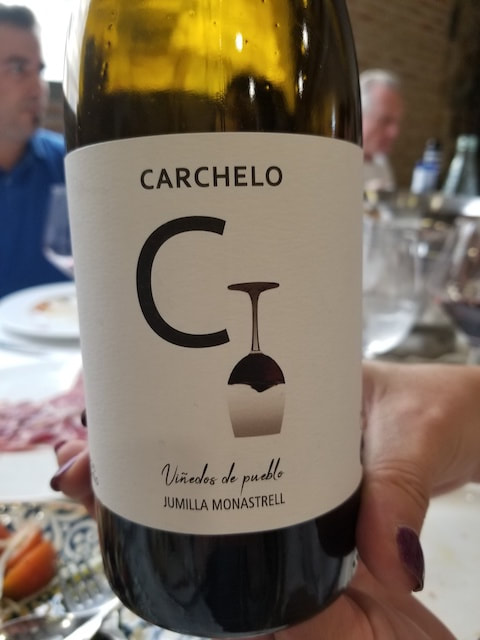
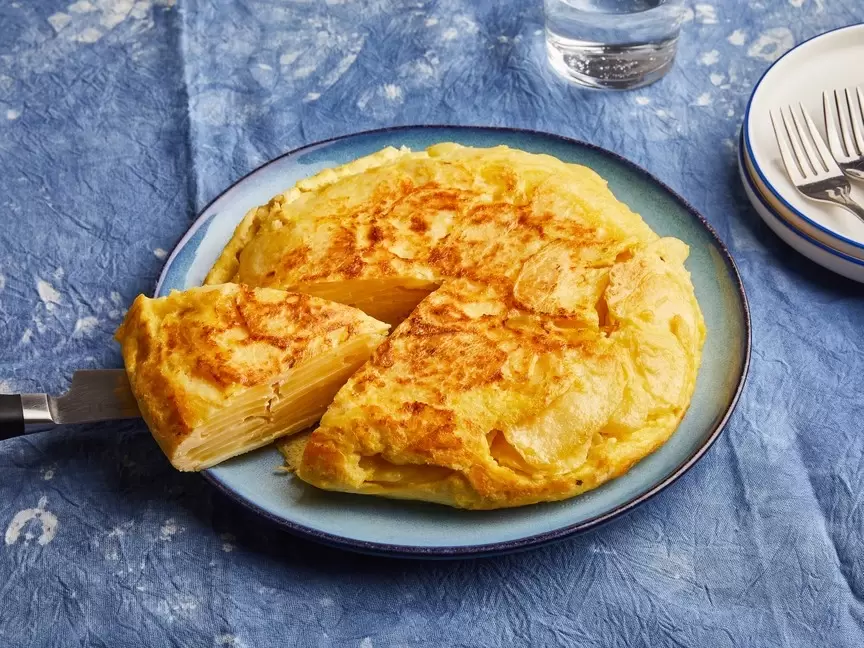
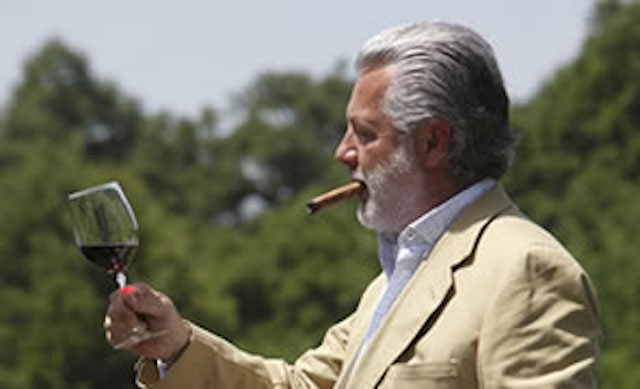
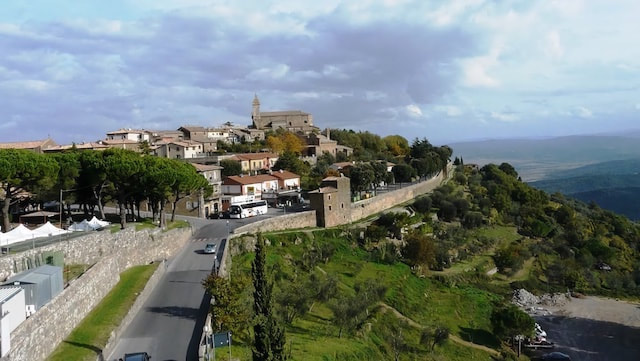
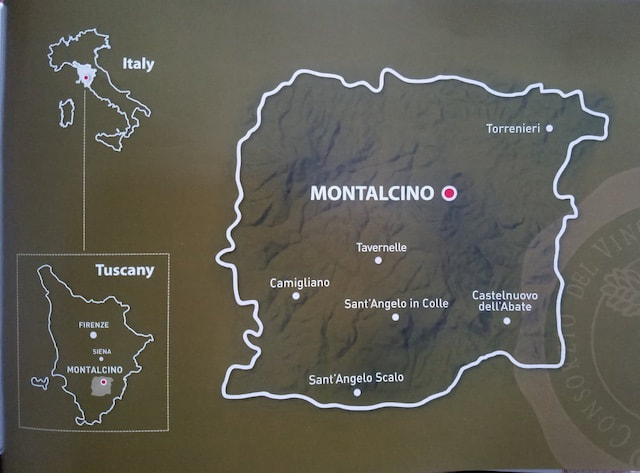
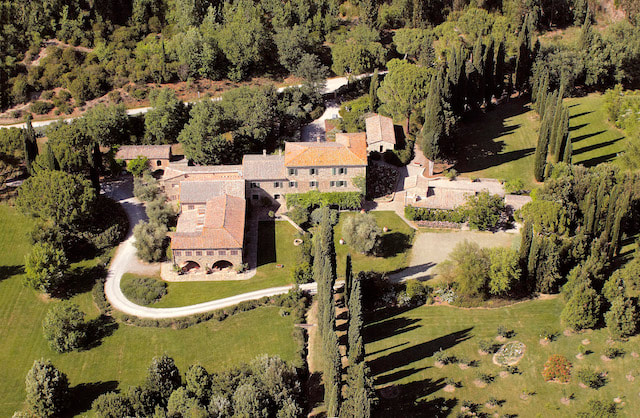
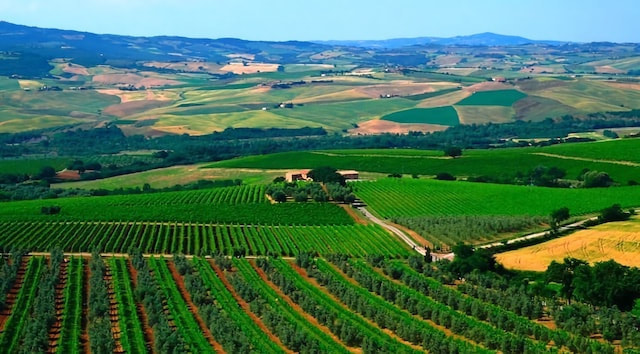
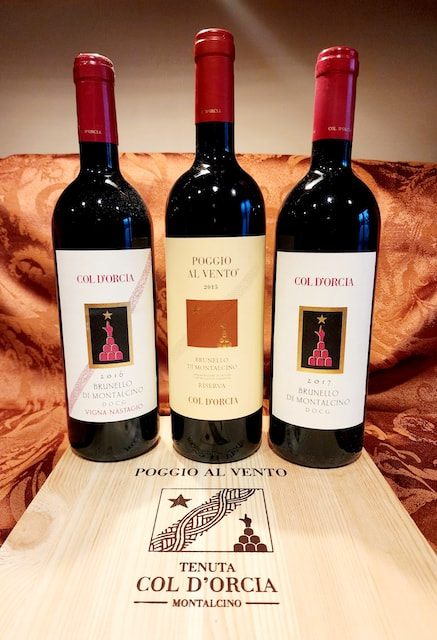
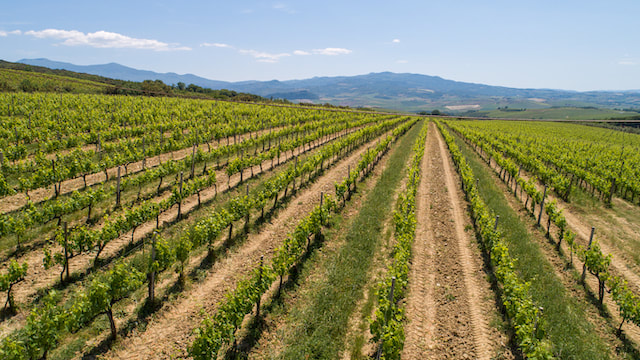
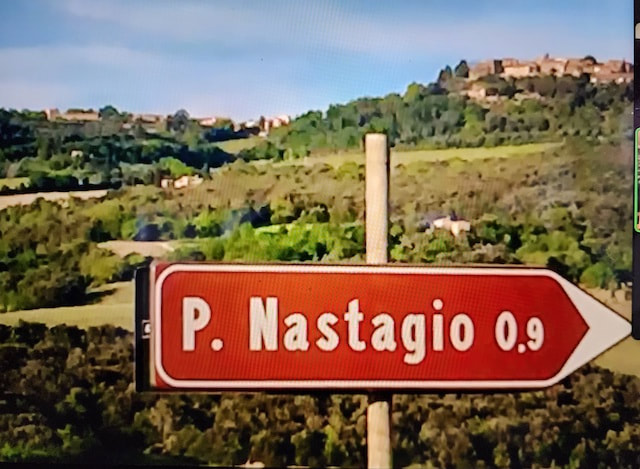
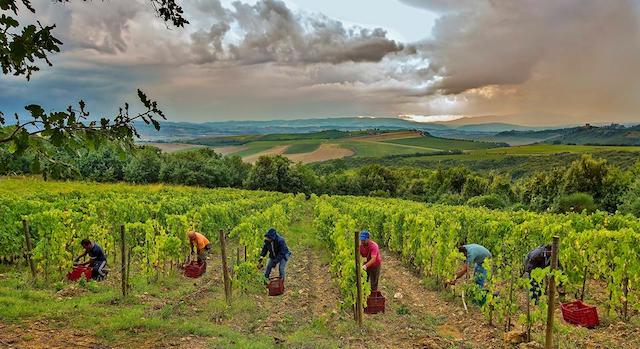
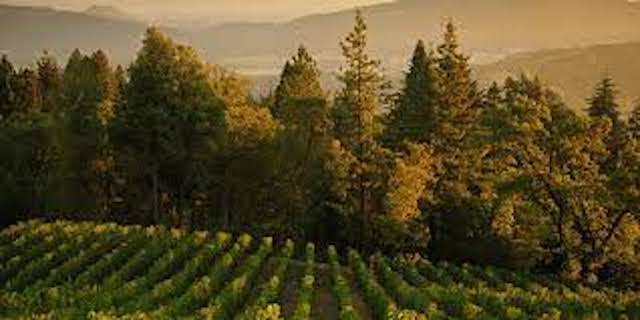
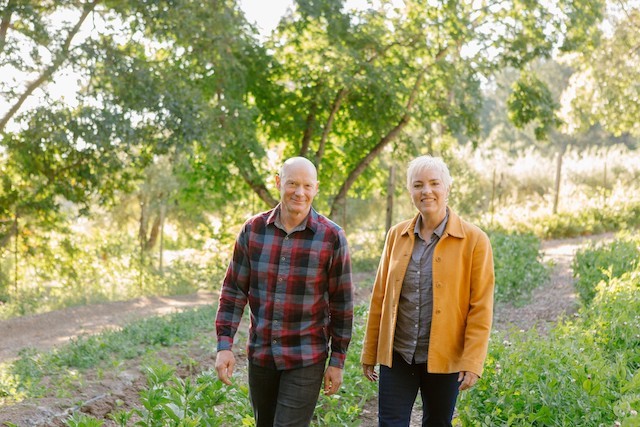

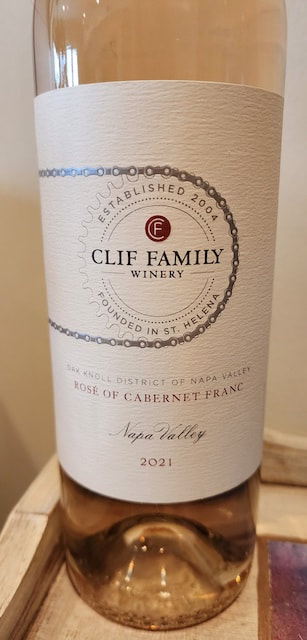
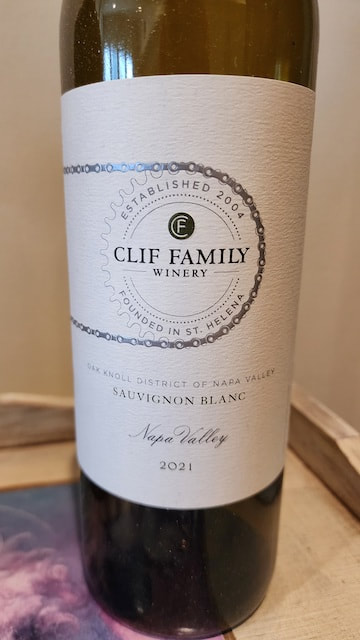
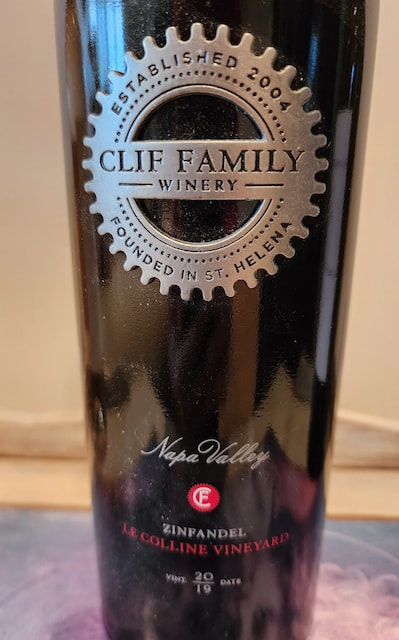
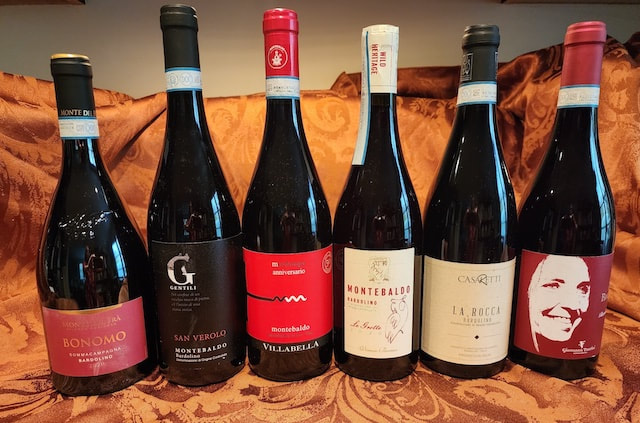
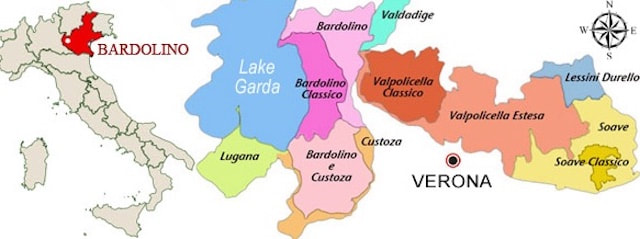
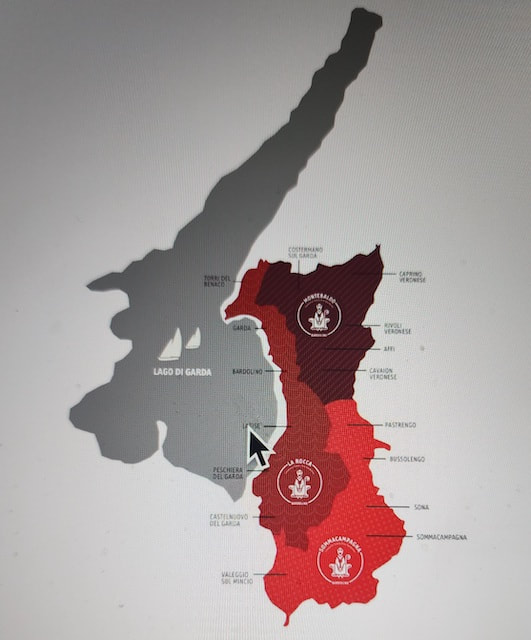
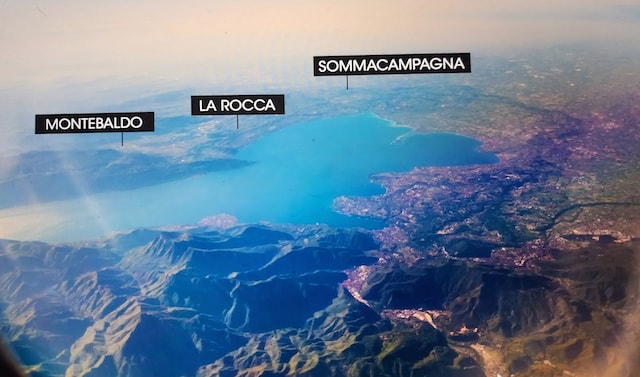
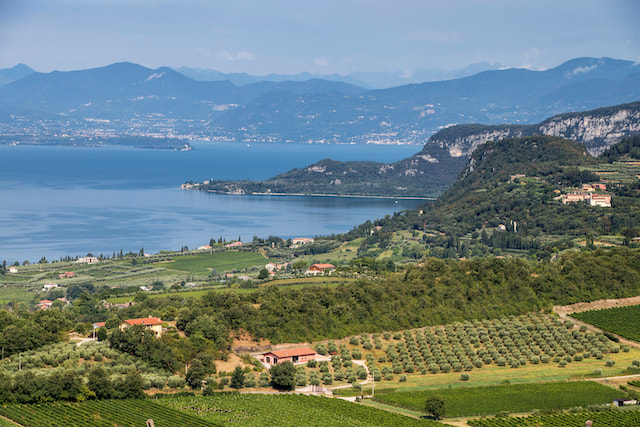
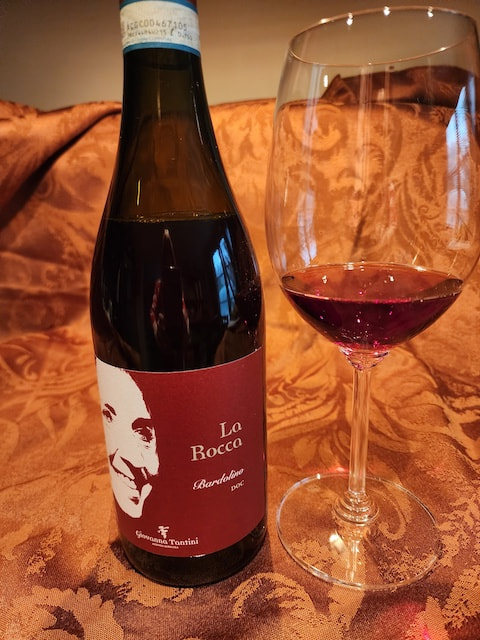
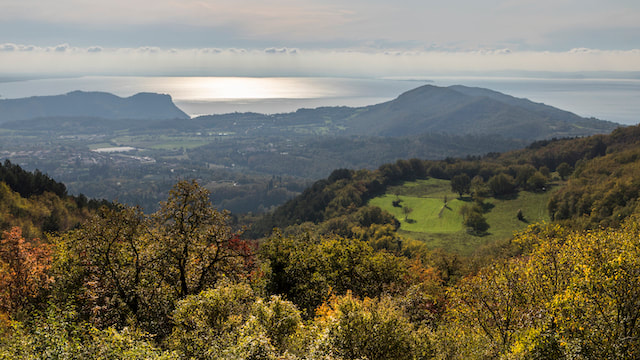
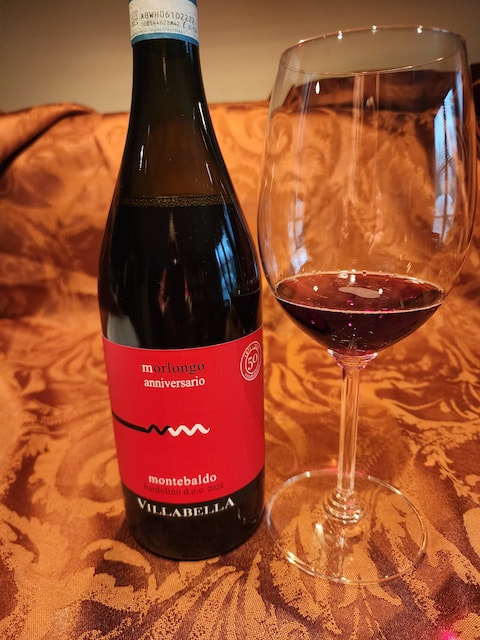
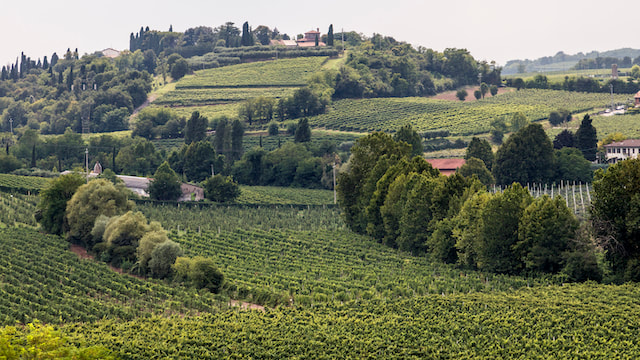
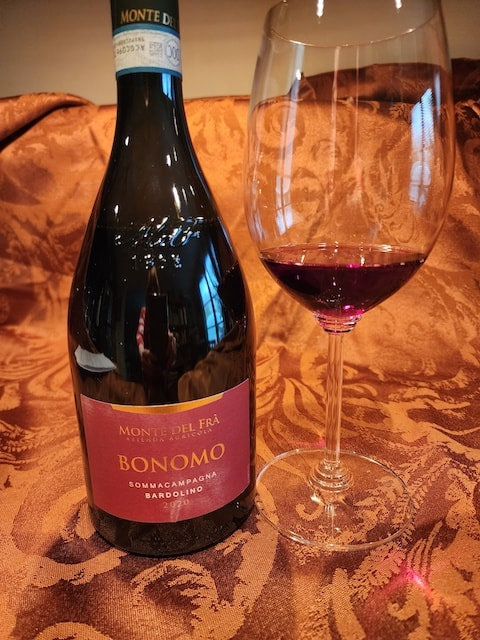
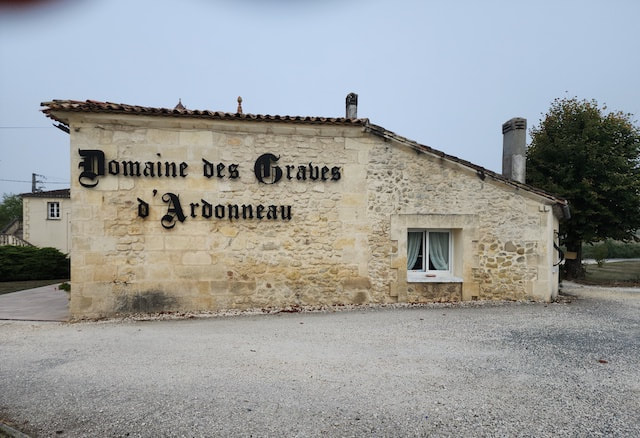
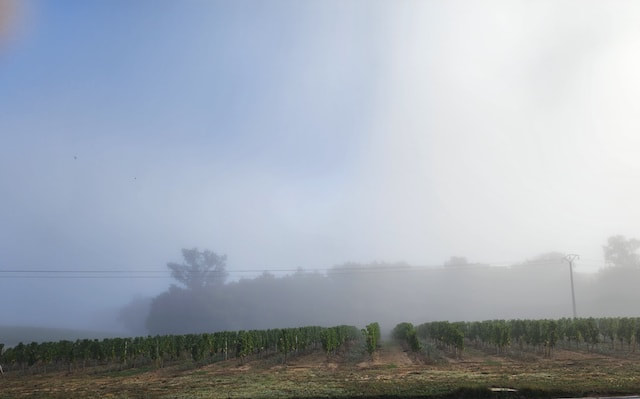
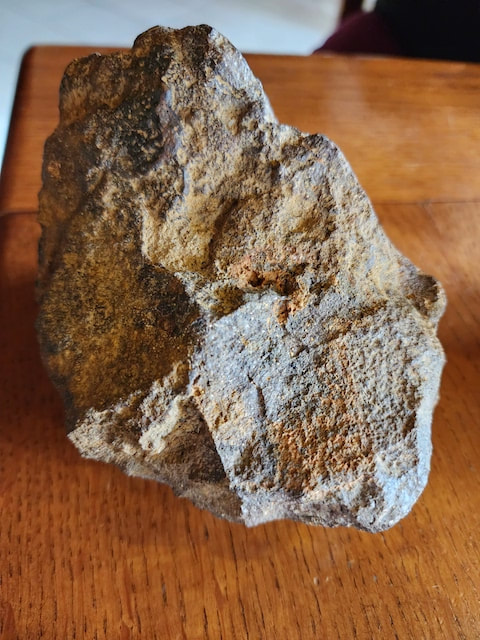
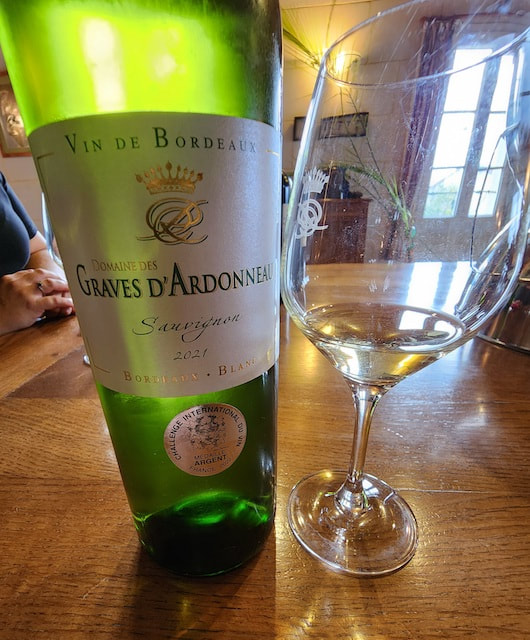
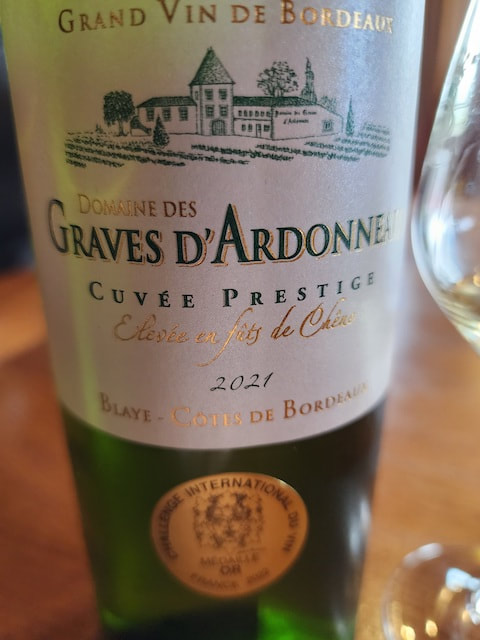
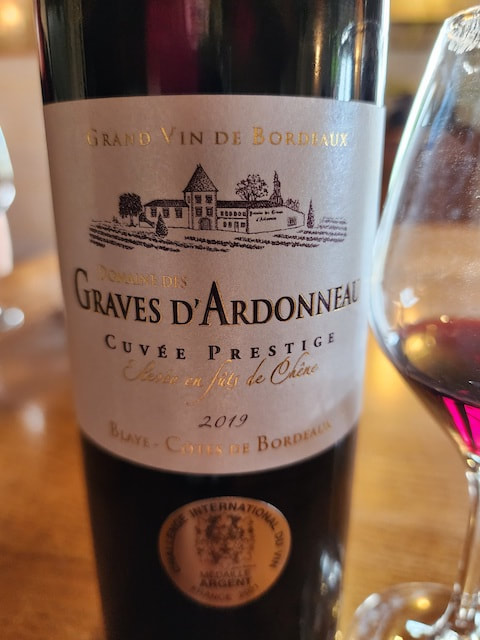
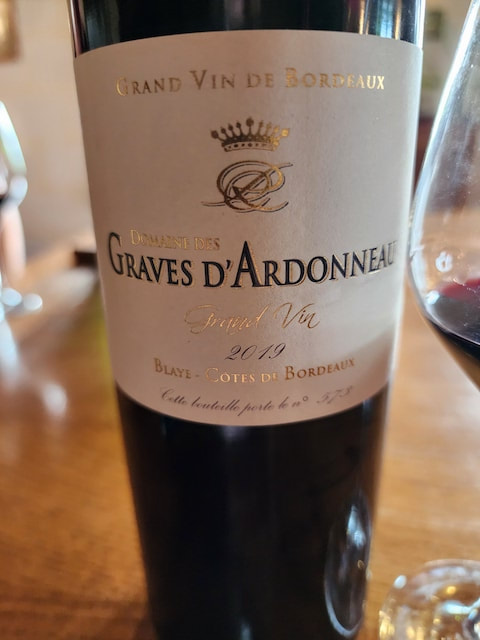
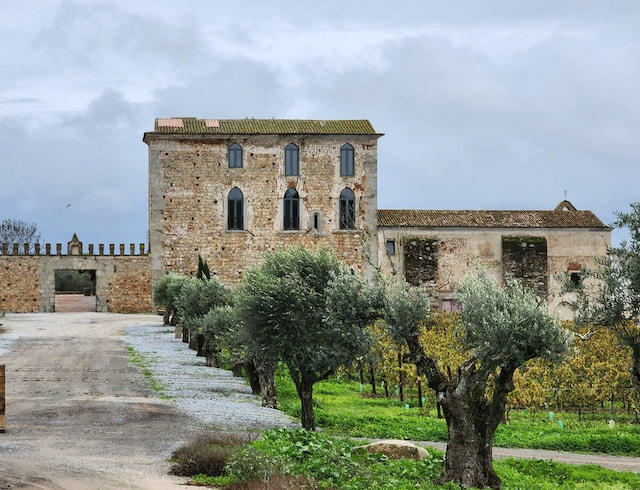
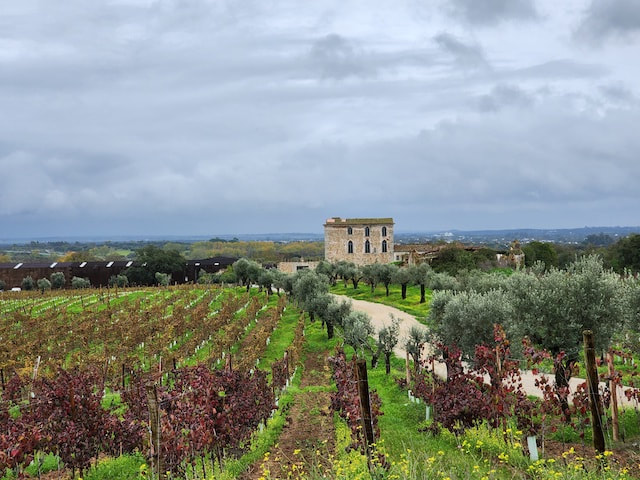
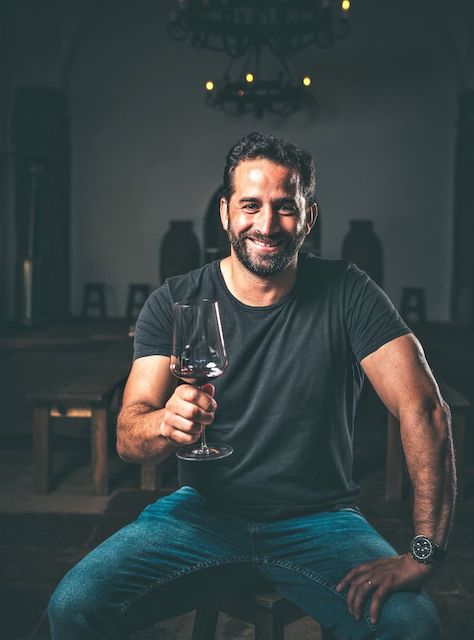
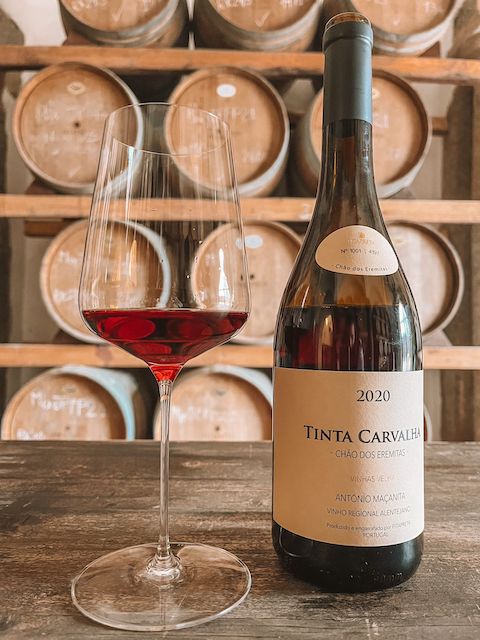
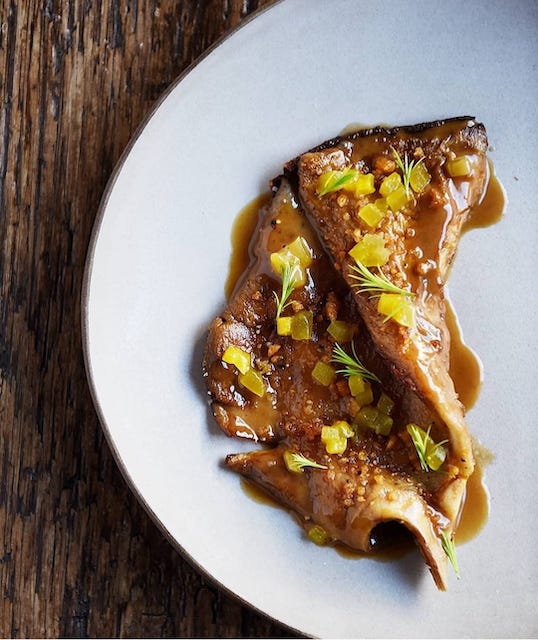
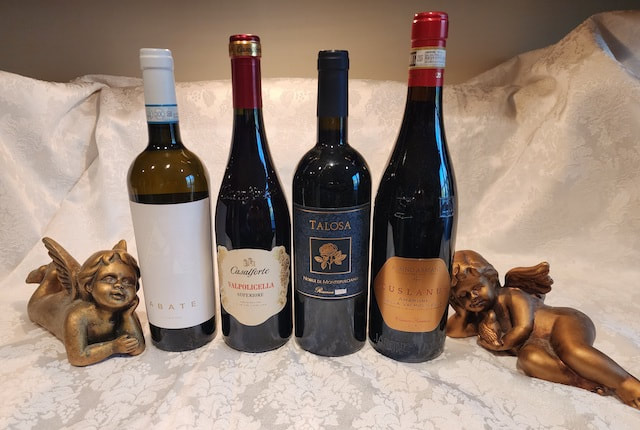
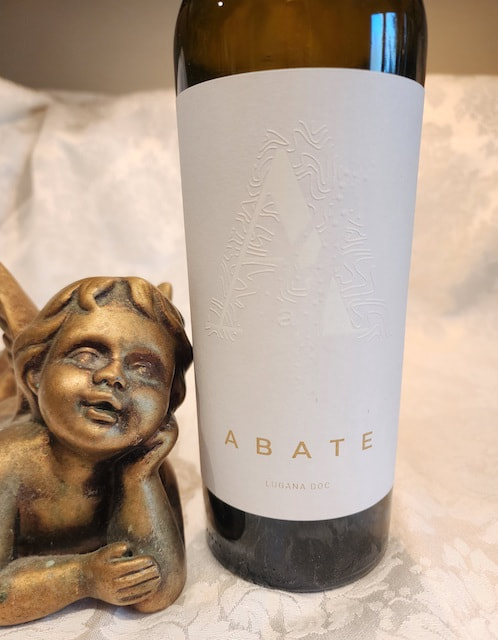
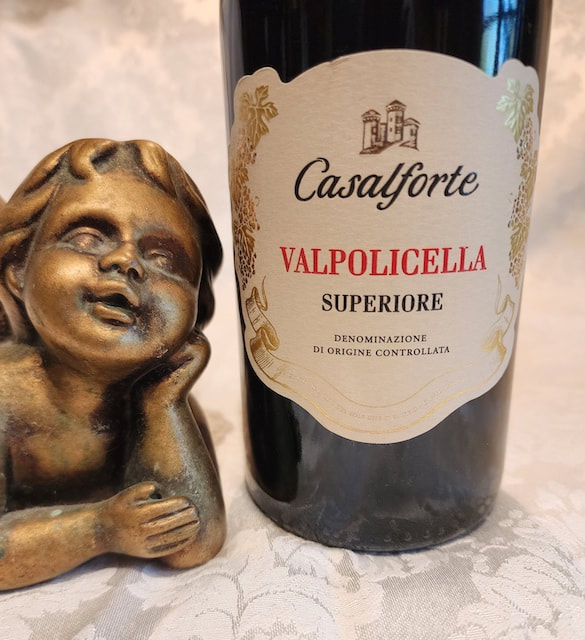
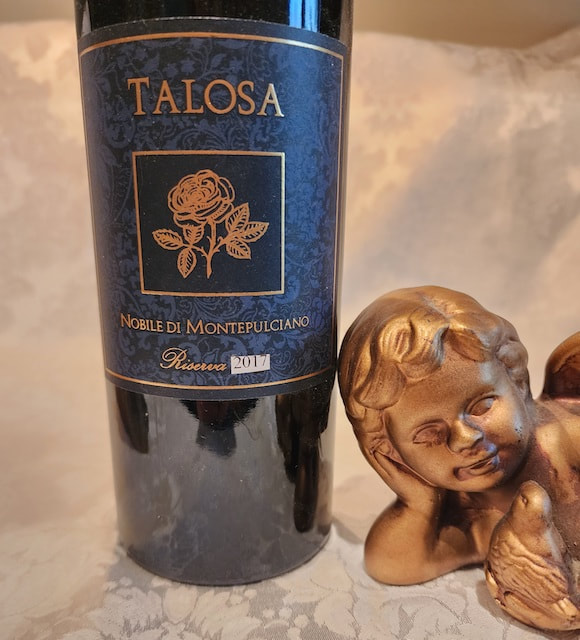
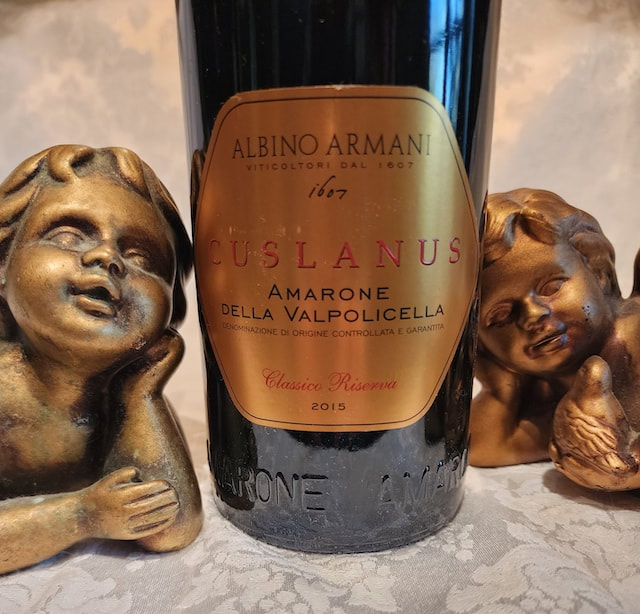
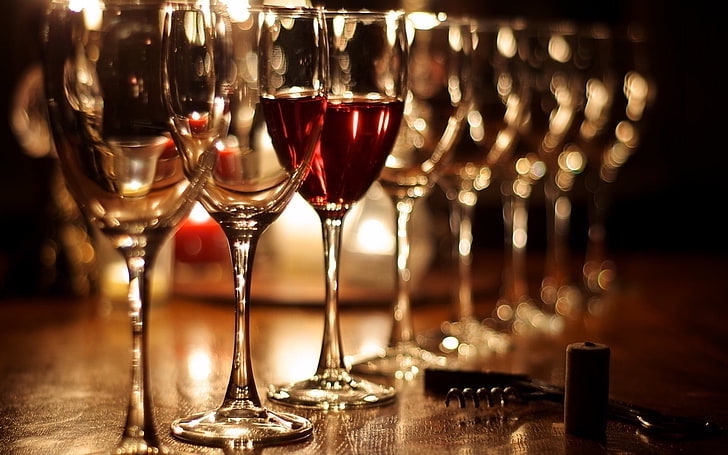
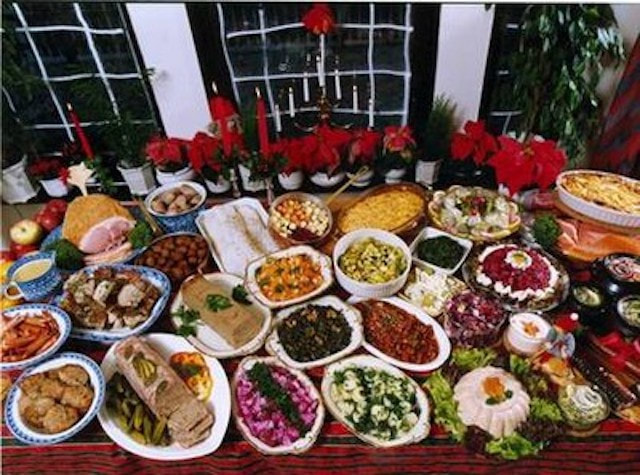
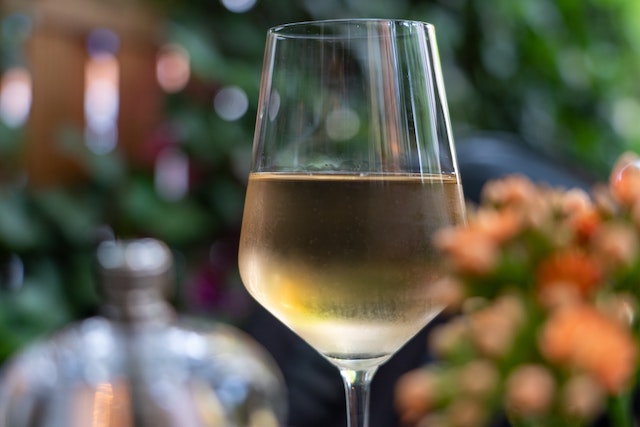
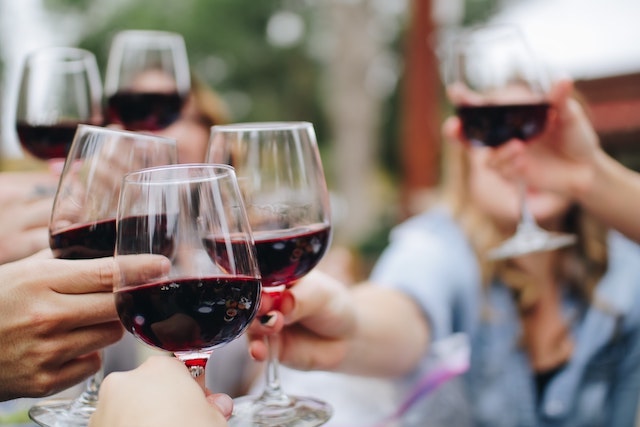

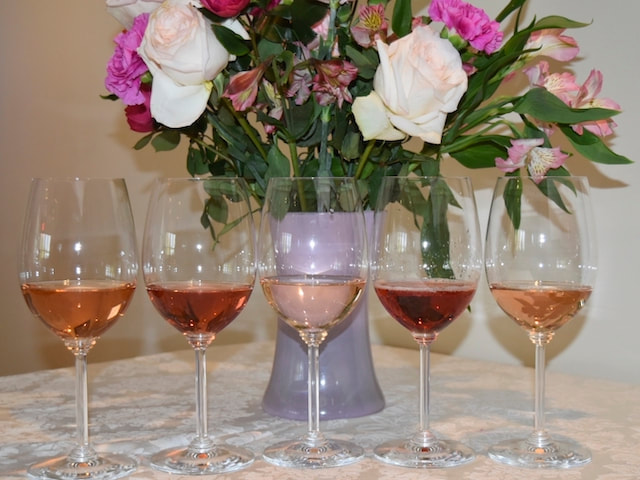
 RSS Feed
RSS Feed